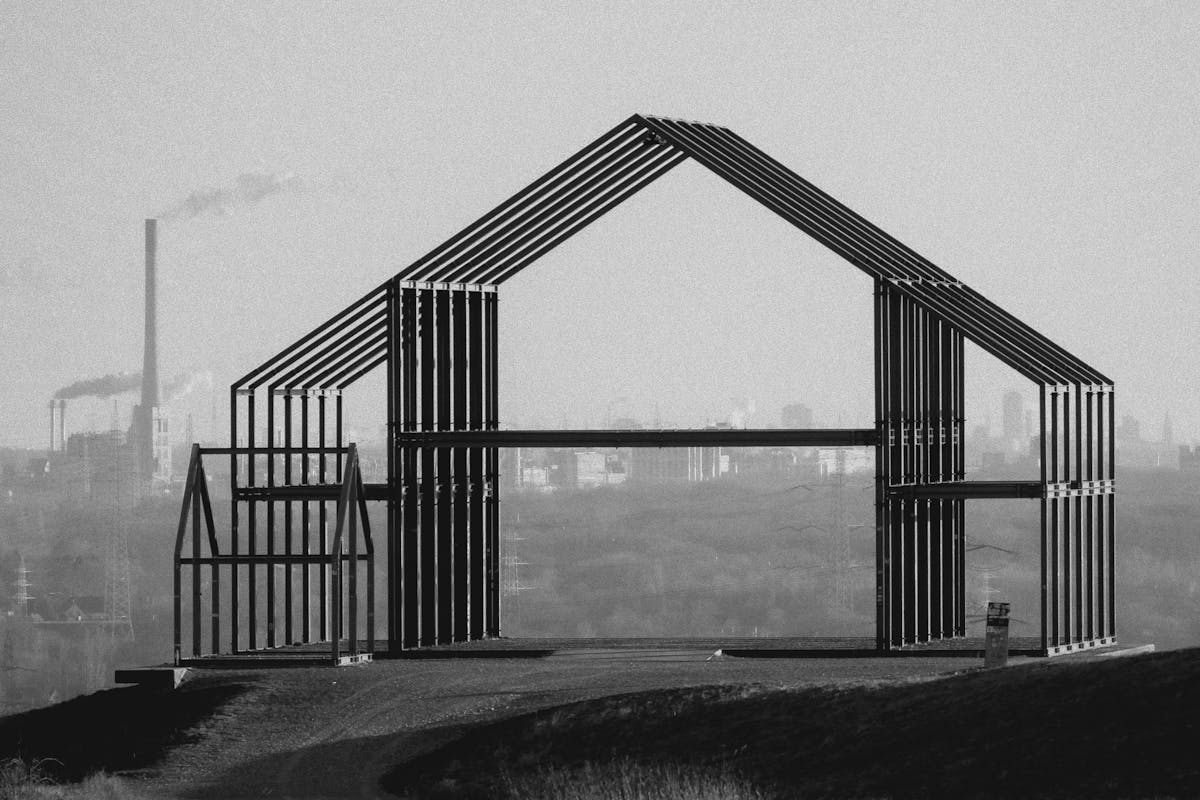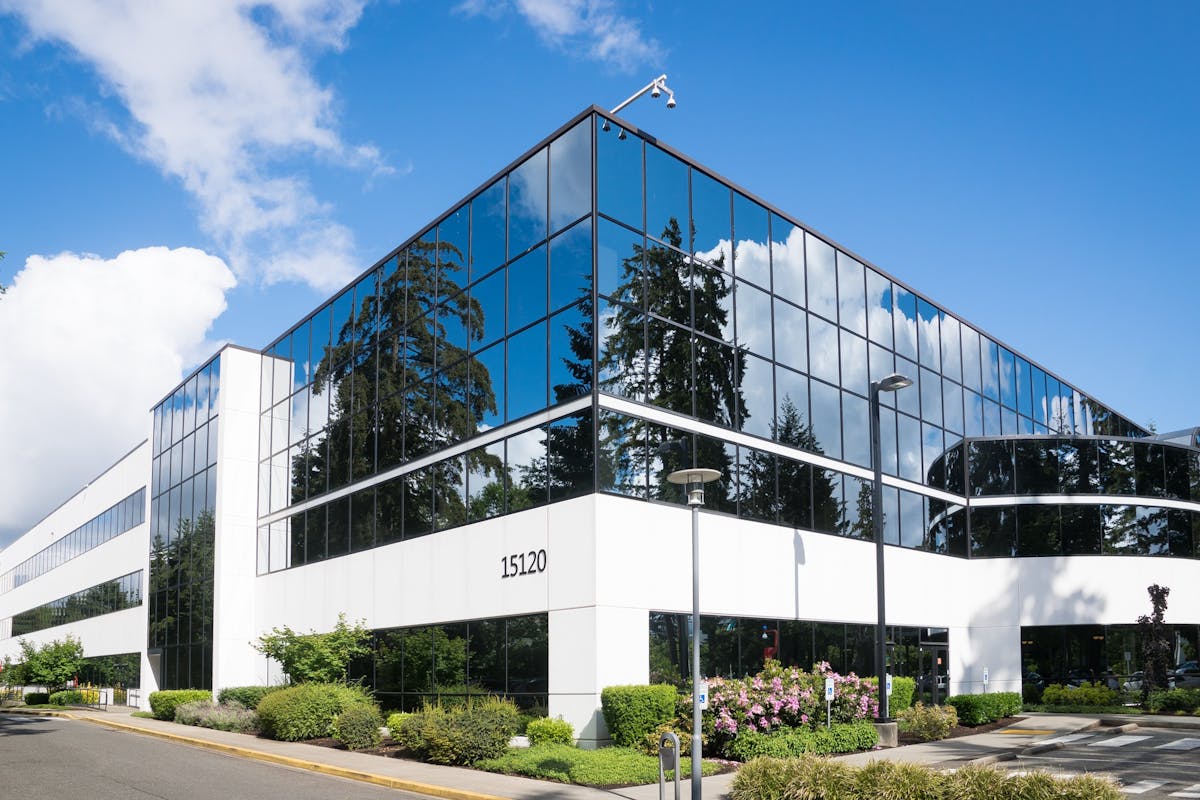
- Modern architecture emphasizes using innovative materials that complement design aesthetics while ensuring sustainability and minimal environmental impact.
- Bio-inspired materials are at the forefront, imitating natural processes for self-healing and insulative properties, underscoring nature’s role as a chief innovator.
- The life cycle assessment of materials highlights the importance of choosing sustainable options that offer durability, style, and minimal environmental footprint throughout their lifespan.
- Architects today merge artistic vision with environmental responsibility, aiming to leave a lasting legacy of eco-conscious and innovative design in the built environment.
In contemporary architecture, the continuous pursuit of integrating durability with aesthetics is the core of design innovation. Architects and builders constantly seek the optimal balance where a structure’s resilience and visual appeal intersect. The success of achieving this delicate balance frequently hinges on selecting materials. This blog post is your comprehensive guide to the most recent advancements in architectural material innovation.
The Modern Architect’s Balancing Act: Durability vs. Aesthetics

The choice between durability and visual appeal has been substantial in traditional architecture. Strong materials were often considered useful, while those with pleasing aesthetics were sometimes compromised regarding endurance. Every new project aspires to break free from these constraints and create structures that stand the test of time.
Historically, materials like brick and stone were the workhorses of the industry, embodying the strength and longevity that architects craved. However, these materials’ uniformity and weight prevented architects from achieving more dynamic designs.
The 20th century was a turning point, with the development of steel and reinforced concrete, which allowed for monumental leaps in architectural design. Now, the 21st century explores innovative materials that are not just reshaping skylines but carrying the banner for resilience and beauty.
Innovation in Action: High-Performance, High-Style Materials
The contemporary architectural scene is an authentic playground for designers with many materials that redefine construction rules. Here are some pioneering materials that architects and builders use to craft tomorrow’s landmarks.
The Enduring Appeal of Metal
With its historic association with durability, metal holds a special place in the hearts of architects and builders alike. Coordinate with a reliable metal supply that will handle your sturdy material needs. They are adept at modern alloys and finishes that offer strength and style.
Engineered Wood Products
Gone are the days when wood was seen as unfit for the demands of colossal structures. Engineered Wood Products (EWPs) have changed the conversation, providing an environmentally friendly, robust alternative to steel and concrete.
Advanced Concrete Blends
Concrete has been modernized to meet the demands of contemporary architectural designs, unveiling a spectrum from ultra-strength to translucency. High-Performance Concrete, or HPC, boasts exceptional strength and durability, allowing for more streamlined and slender architectural structures.
Designing for Longevity and Beauty: A Material-Centric Approach
Integrating innovative building materials thoughtfully into the architectural design is key to harnessing their full potential. The right material can create an unparalleled aesthetic while fulfilling functional requirements.
Material Selection for Specific Conditions
The varied landscape of the planet demands a thoughtful approach to material selection. Structures in humid, coastal areas might benefit more from rust-resistant Corten Steel, while those in earthquake-prone regions could utilize Cross Laminated Timber for its seismic properties.
Integrating Performance with Aesthetics
A successful architectural project is one where the chosen materials perform well and contribute to the overall aesthetic vision. Whether it’s the sleek sheen of metal, the warmth of wood, or the textured surface of concrete, the material should enhance the design, not detract from it.
The Future of Modern Architecture: Sustainable Solutions with Style
The emerging field of sustainable architecture is heavily reliant on innovative materials that not only endure but also leave a minimal footprint on the environment. Architects and builders are constantly exploring new frontiers in material science in their quest to build a better, greener tomorrow.
Bio-Inspired Materials: Nature as the ultimate innovator
Taking cues from Mother Nature, bio-inspired materials mimic natural processes to create self-healing concrete or insulative materials based on the properties of minimalistic yet sturdy structures.
Life Cycle Assessment: Choosing materials with a minimal environmental footprint
Assessing the environmental impact of a material should be holistic in approach. From its extraction, processing, and installation to eventual repurposing or disposal, it leads to the selection of materials that are not only durable and stylish but also sustainable.
The Role of Technology: Advancements in Material Science
Technology has revolutionized the field of architecture, and advancements in material science have opened up a world of possibilities. From 3D printing to nanotechnology, these cutting-edge technologies allow for the creation of materials with enhanced strength and durability.
The evolution of modern architecture is intrinsically linked to advancements in material science and a deep understanding of environmental stewardship. Today’s architects are not just artists but visionaries who balance aesthetics with sustainability and durability. Thus, the legacy of modern architecture will be defined by its ability to integrate innovative materials with eco-conscious designs, setting new benchmarks for tomorrow’s built environment.

